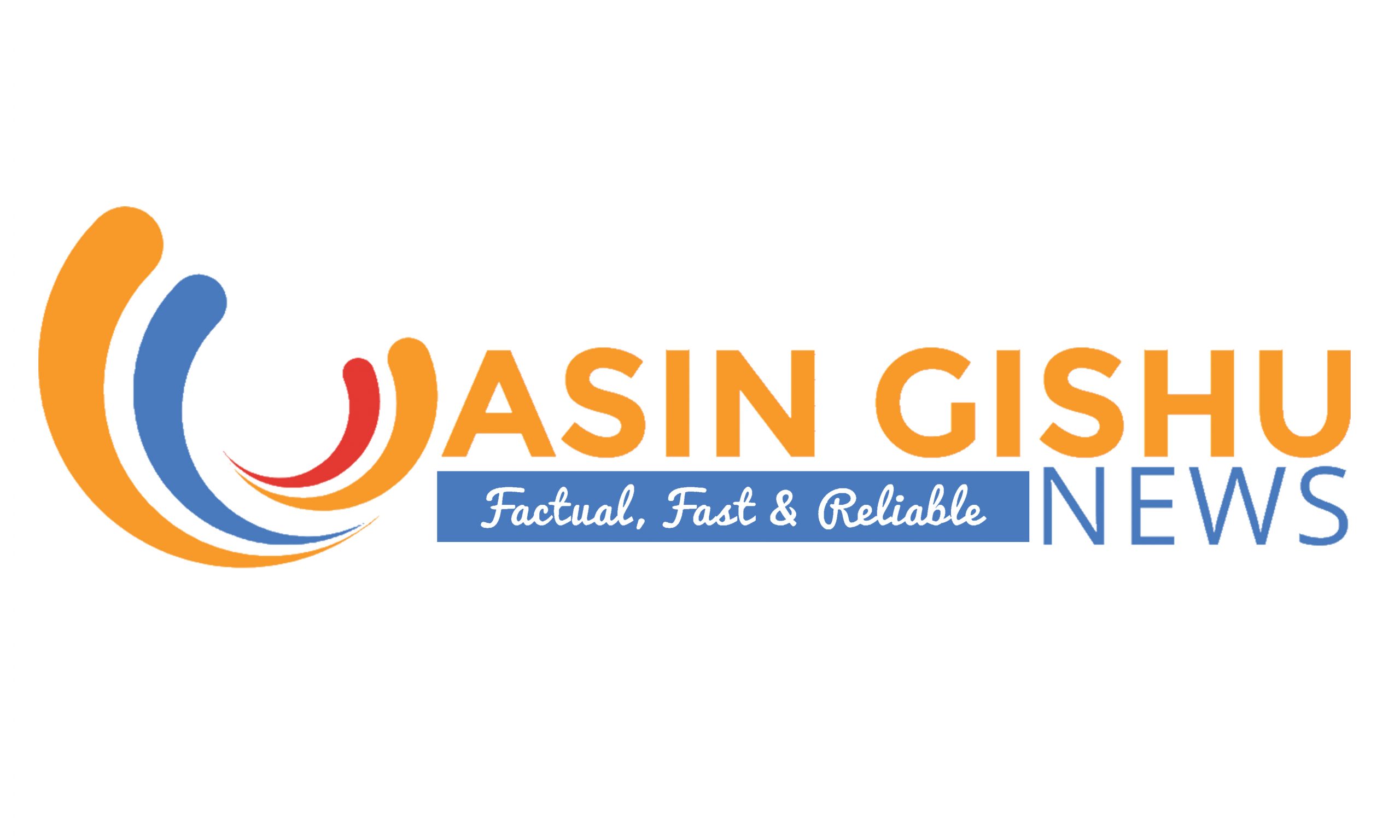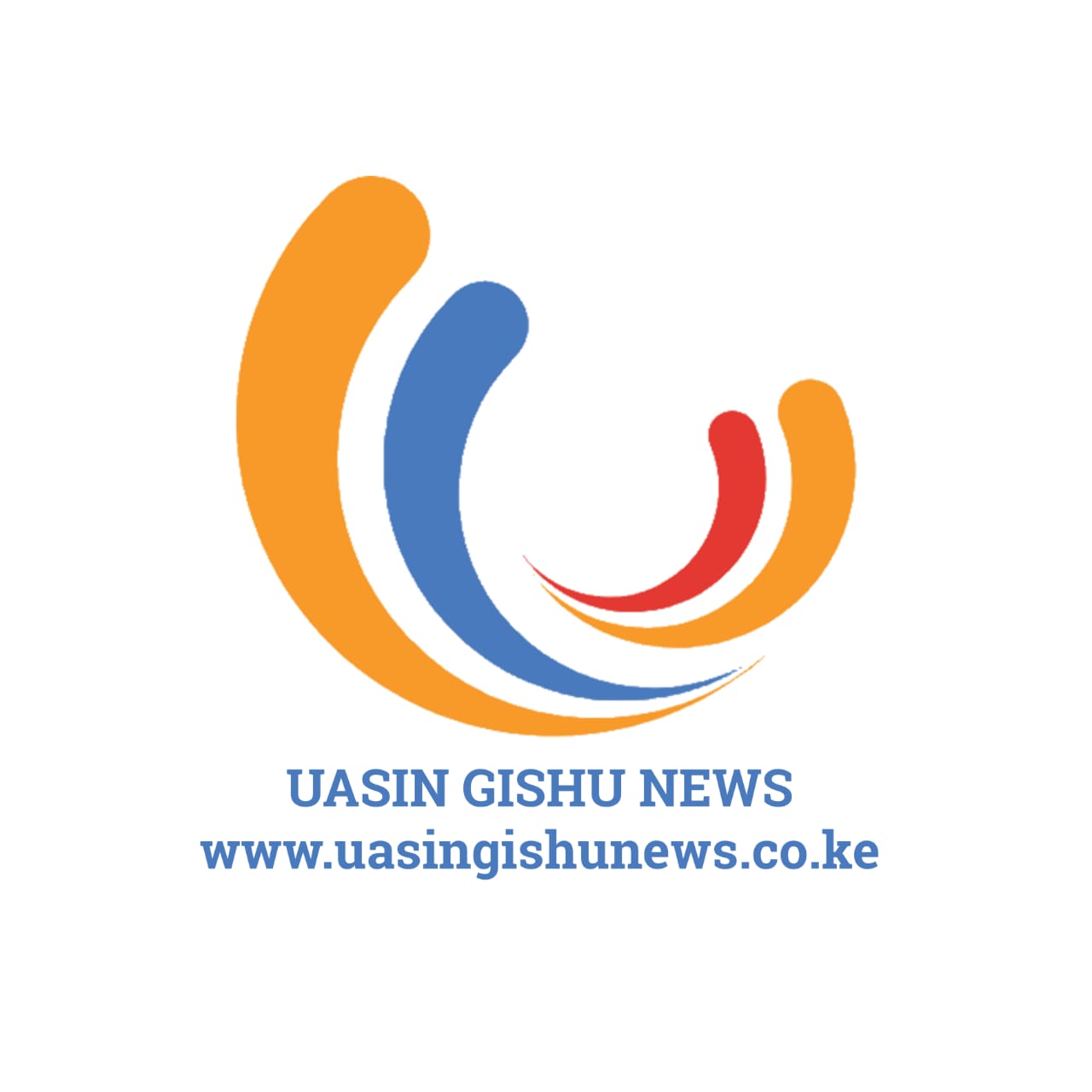Dealing with a sports injury, whether you’re a seasoned athlete or just enjoy a weekend jog, can be incredibly frustrating. It stops you in your tracks, disrupts your routine, and leaves you wondering: What exactly did I do, and how quickly can I get back to what I love?
It’s a completely natural feeling. An injury isn’t just a physical setback; it’s a mental and emotional challenge as well.
This is why having clear, reliable information—and access to expert care is so vital. Understanding the types of injuries and the treatments available is the first and most critical step on your road to recovery.
The Two Main Types of Sports Injuries: Acute vs. Chronic
Sports injuries are generally categorised into two major groups based on how they occur. Knowing the difference helps in determining the immediate steps for care.
1. Acute Injuries: An acute injury occurs suddenly and is usually associated with a specific, high-force event, such as a fall, collision, or sudden twist. The onset of pain is immediate and often severe.

2. Chronic (Overuse) Injuries: A chronic injury develops gradually over time due to repetitive stress, overuse, and insufficient time for the body to recover. The pain is typically a dull ache that worsens during activity. These injuries highlight the importance of proper training technique and rest, and often require specialised care from an orthopaedic centre.

Immediate Care: The Crucial R.I.C.E. Protocol
For most acute soft-tissue injuries (sprains and strains), the immediate care administered in the first 48-72 hours is critical for minimising swelling and pain. This is known as the R.I.C.E. protocol.
- R – Rest: The injured area needs time to begin the healing process. Avoid putting weight on a leg or using an injured arm. For lower limb injuries, crutches or a sling may be necessary. Complete rest isn’t always recommended long-term, but it is vital in the acute phase to prevent further damage.
- I – Ice: Apply ice to the injured area for 15-20 minutes every 2-3 hours during the first 48 hours. Cold therapy helps to reduce pain, swelling, and internal bleeding by constricting blood vessels. Crucially, never apply ice directly to the skin; always use a towel or cloth barrier.
- C – Compression: Gently wrap the injured area with an elastic bandage (like an ACE bandage). Compression helps to reduce swelling by preventing fluid build-up. The wrap should be snug, but not too tight—if you feel numbness, tingling, or if the skin turns blue, loosen it immediately.
- D – Elevation: Elevate the injured limb above the level of the heart as often as possible. This simple action uses gravity to help drain excess fluid away from the injury site, which significantly reduces swelling.
What NOT to Do (H.A.R.M.)
Just as important as R.I.C.E. is avoiding anything that could increase bleeding and swelling in the first 48-72 hours. This is often remembered by the acronym H.A.R.M:
- Heat (e.g., hot baths, heat packs)
- Alcohol
- Running or strenuous exercise
- Massage
Comprehensive Treatment for Sports Injuries
While R.I.C.E. is the essential first step, a full recovery, especially from more severe or chronic injuries, requires a professional, multi-faceted approach. Seeking care at a reputable Orthopaedic Centre in Kenya provides access to the full spectrum of diagnostic and treatment options.
1. Non-Surgical and Conservative Management
The majority of sports injuries are successfully treated without surgery. This conservative approach focuses on reducing inflammation, restoring function, and preventing recurrence.
- Medication: Non-Steroidal Anti-Inflammatory Drugs (NSAIDs) like ibuprofen can help manage pain and inflammation in the short term. Always consult a healthcare professional before starting any new medication.
- Immobilisation: Braces, splints, or casts may be used to protect the injured area and allow tissues or bones to heal without being disturbed. This is common for moderate to severe sprains or fractures.
- Physiotherapy and Rehabilitation: This is often the single most important part of recovery. A customised physiotherapy program will focus on:
- Restoring Range of Motion: Gentle exercises to recover full mobility in the joint.
- Strengthening: Targeted exercises to rebuild muscle strength around the injured area to provide stability.
- Proprioception and Balance Training: Crucial for preventing repeat injuries, especially ankle and knee sprains, by retraining the body’s sense of position and movement.
- Injections:
- Corticosteroid Injections: Used to treat severe, localised inflammation, such as in bursitis or chronic tendinitis. They provide powerful, temporary pain relief.
- Platelet-Rich Plasma (PRP) Therapy: A cutting-edge treatment involving drawing a small amount of the patient’s own blood, processing it to concentrate the platelets (which contain growth factors), and injecting this back into the injured tissue. This is thought to stimulate and accelerate the natural healing process for chronic tendon or ligament injuries.
2. Advanced Surgical Interventions
For severe injuries—such as complete ligament tears, complex fractures, or injuries that fail to respond to extensive conservative management—surgery becomes necessary to restore full stability and function.
- Arthroscopic Surgery (Keyhole Surgery): This minimally invasive technique is a cornerstone of modern sports medicine. It involves inserting a tiny camera and specialised instruments through small incisions (keyholes) into a joint (most commonly the knee, shoulder, or hip).
- ACL Reconstruction: The most common knee ligament surgery. It involves replacing the torn Anterior Cruciate Ligament (ACL) with a tissue graft (from the patient’s own body or a donor) to restore knee stability.
- Meniscus Repair/Trimming: Repairing or partially removing torn cartilage in the knee (meniscus) to alleviate pain and prevent joint damage.
- Rotator Cuff Repair: Reattaching torn tendons in the shoulder to the bone to restore strength and full range of motion.
- Fracture Fixation: Using plates, screws, rods, or pins to stabilise severely broken bones, ensuring they heal correctly.
- Open Surgery: In some complex cases, a traditional open procedure may be required to fully access and repair damaged structures.
Why Choose a Specialised Orthopaedic Centre in Kenya?
When facing a significant sports injury, the facility you choose for diagnosis and treatment can make all the difference in your outcome.
A specialised Orthopaedic Centre in Kenya offers crucial advantages:
- Specialised Expertise: Access to orthopaedic surgeons and sports medicine physicians who are specifically trained in musculoskeletal and sports-related injuries, ensuring an accurate diagnosis from the start.
- Integrated Care: The best centres offer a seamless path from diagnosis (MRI, X-ray) to non-surgical treatment (physiotherapy, injections) to advanced surgical repair and post-operative rehabilitation.
- Advanced Technology: Utilisation of state-of-the-art diagnostic imaging and minimally invasive surgical techniques, such as arthroscopy, which lead to faster recovery times and less scarring.
A facility like Lifecare Hospital is committed to providing this high level of dedicated care, recognising that a full recovery means not just healing the injury, but restoring the function and confidence needed to return to your active life.
By choosing a reputable Orthopaedic Centre patients ensure they have access to expert care from diagnosis through to complete rehabilitation.












